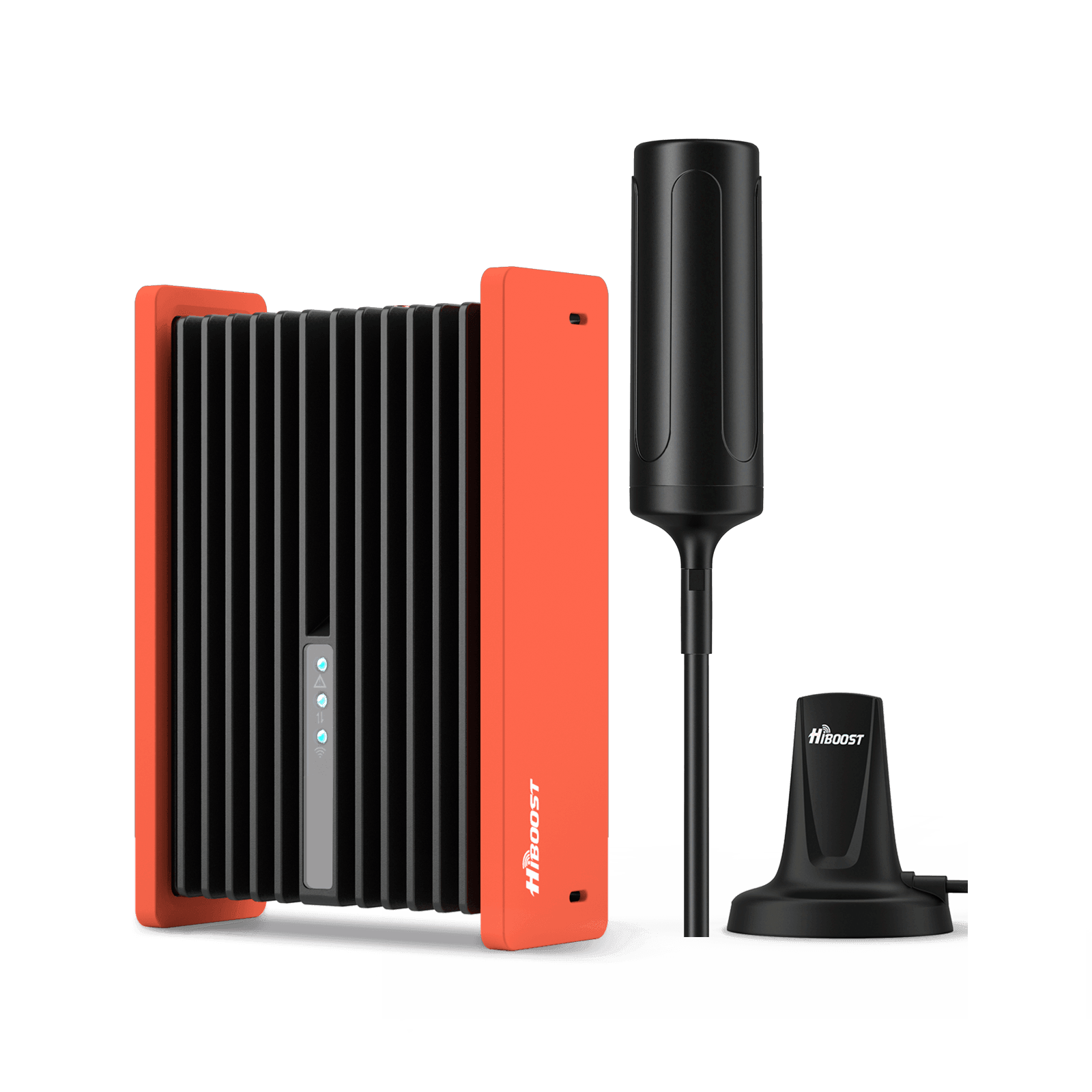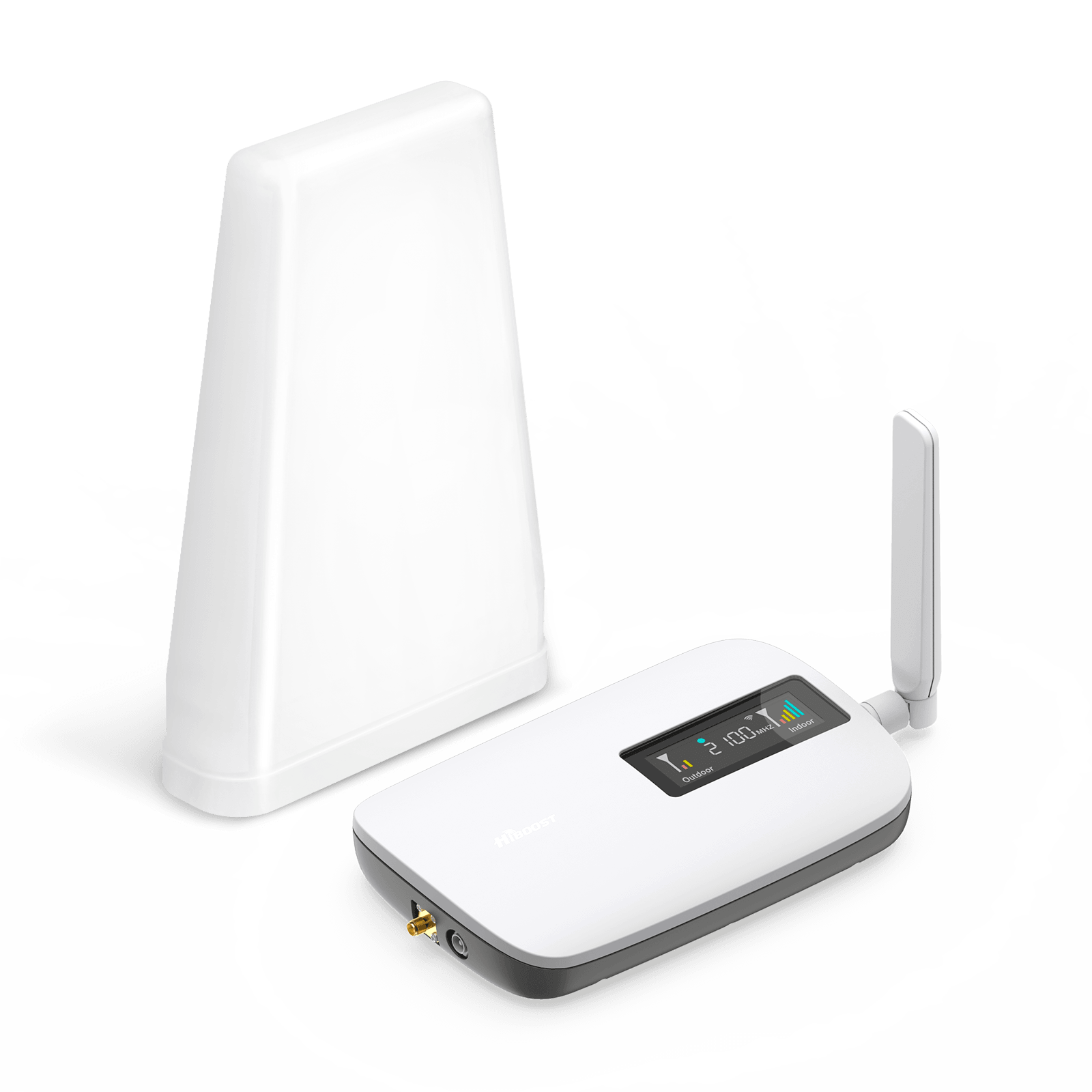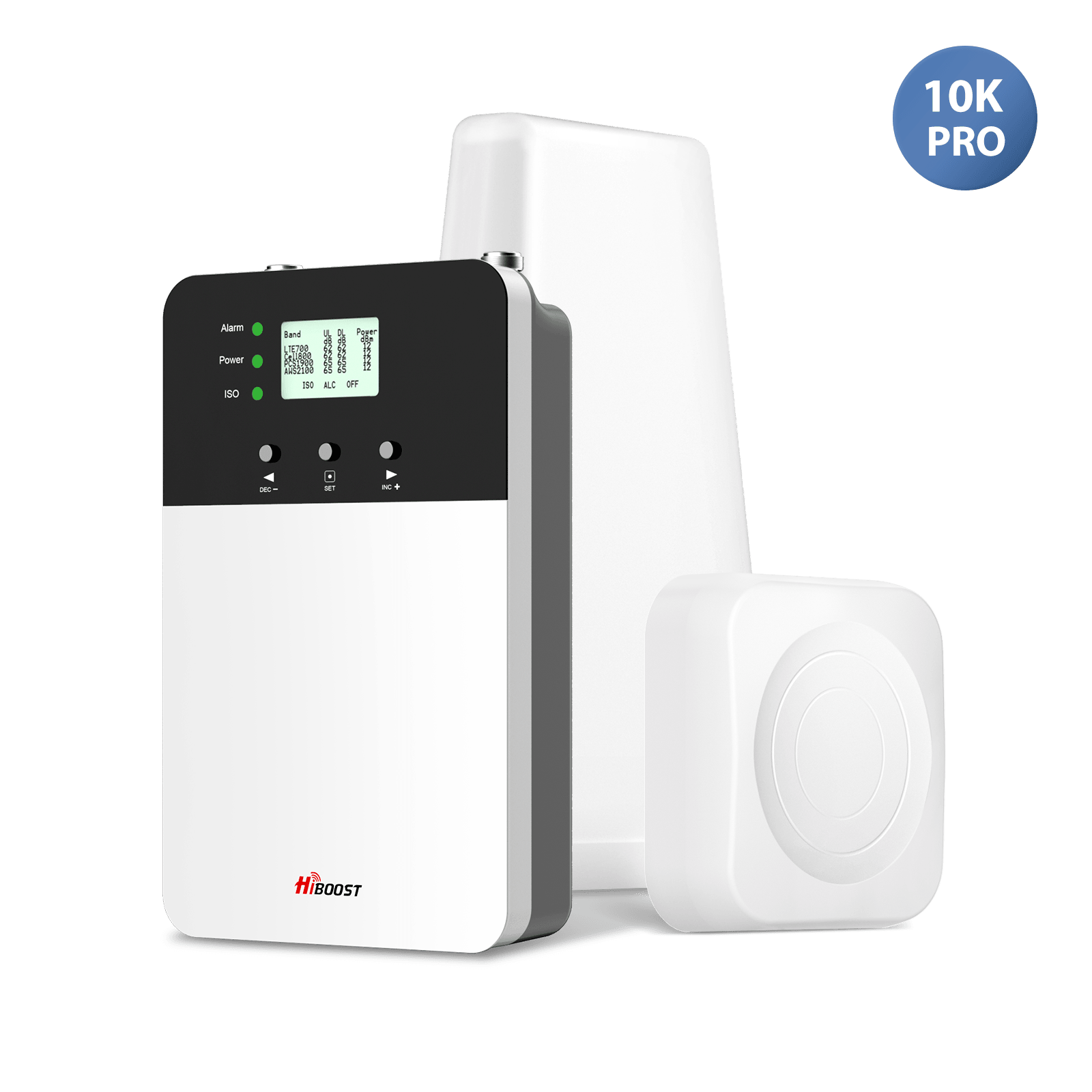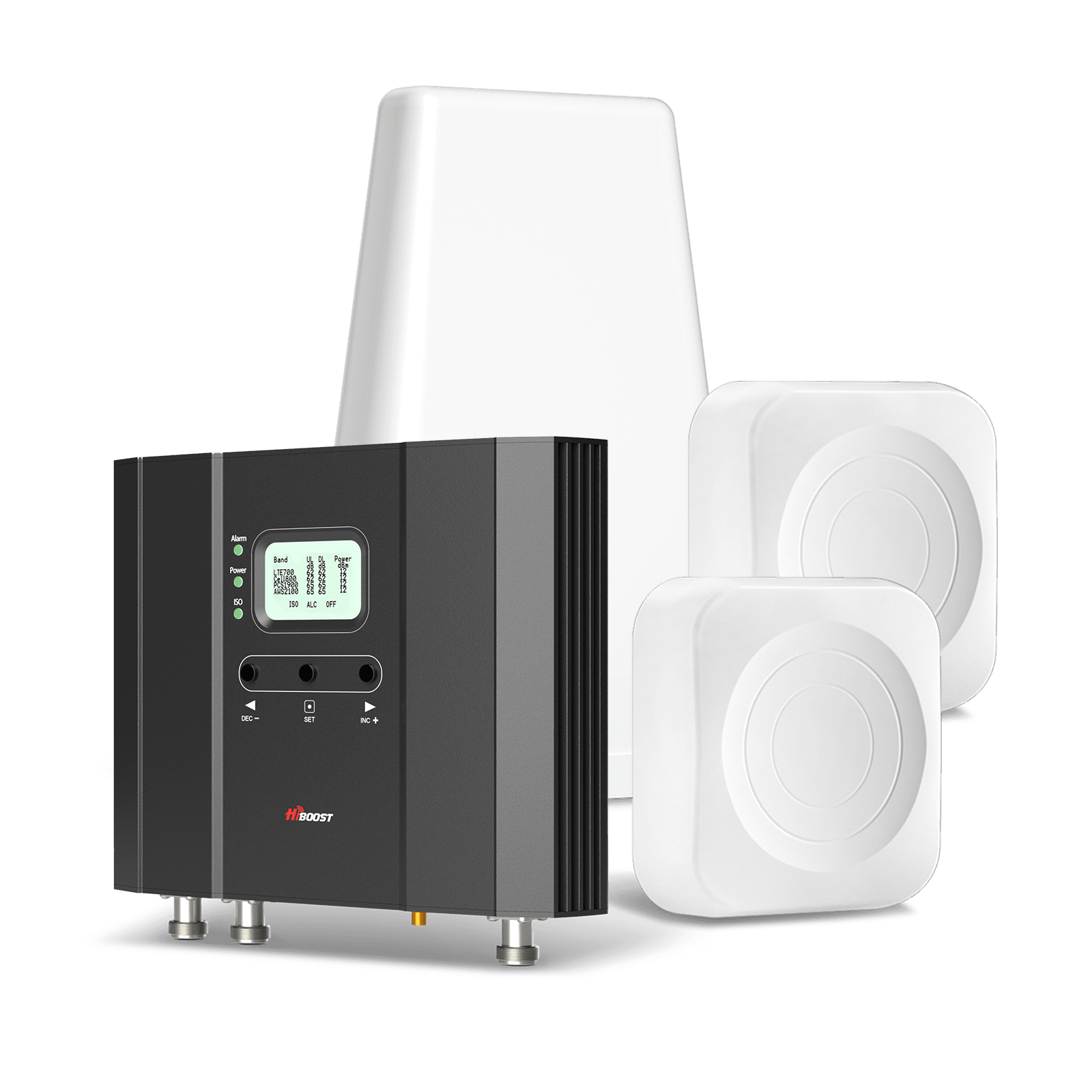In today’s tech-driven world, our dependence on our mobile phones is more significant than ever. Whether it’s for making calls, texting, browsing the internet, or even using various apps, our cell phones have become an indispensable part of our daily lives. However, have you ever found yourself in a situation where your cell phone’s signal strength is weak or you can’t connect to the internet? Frustrating, isn’t it?
One of the most common reasons for such connectivity issues is your proximity to a cell phone tower. Cell phone towers are the backbone of our mobile networks, and their locations play a pivotal role in the quality of service we receive. Knowing how to find a cell phone tower near you can be a valuable skill, as it can help you identify the sources of poor signal reception, improve call quality, and ensure you’re getting the best possible mobile data speeds.
In this blog post, we will guide you through the process of finding a cell phone tower near your location. We’ll explore the various methods and tools available, both online and offline, to help you pinpoint these crucial communication structures. By the end of this post, you’ll have the knowledge you need to boost your cell phone signal and enjoy a more reliable mobile experience. So, let’s dive in and learn how to navigate the world of cell phone towers!
1. Where Are The Cell Towers Near Me?
In today’s fast-paced world, staying connected is crucial. Our mobile phones have become our constant companions, helping us communicate, work, and access information on the go. But what happens when you’re in an area with weak signal reception or poor data speeds? Your frustration mounts as you drop calls and struggle with slow internet. If this sounds familiar, the culprit might be your distance from a cell tower.
Cell towers are the unsung heroes of our modern communication networks. They enable our devices to connect to the cellular network, facilitating seamless calls, text messages, and data usage. The proximity of a cell tower can significantly impact the quality of your mobile service. To improve your mobile experience, you need to know, “Where are the cell towers near me?”
The Importance of Knowing Tower Locations
Understanding the locations of cell towers in your vicinity can be a game-changer. It can help you in various ways:
• Signal Strength: By knowing the nearest cell tower, you can gauge your signal strength. This knowledge allows you to find the best spots in your home or office to make calls or use data without interruption.
• Signal Boosting: If you’re struggling with weak signal reception, you can invest in a signal booster like those offered by HiBoost. These devices can amplify your signal, but to position them optimally, you need to know where the nearest tower is located.
• Carrier Choice: Different carriers have varying tower coverage. Knowing the tower locations can help you decide which carrier is best for your area.
• Emergency Situations: In emergencies, knowing the nearest cell tower can be a matter of life and death. It enables you to alert authorities or seek help more effectively.
Finding Cell Tower Locations
So, how do you find the cell towers near you? There are several methods:
• Cell Tower Maps: Online tools and websites offer cell tower maps that display the locations of nearby towers. They provide a visual representation of the towers in your area.
• Carrier Websites: Some cellular providers offer their own tower maps on their websites. These maps are often updated and can give you accurate information.
• Mobile Apps: Various mobile apps are designed to help you locate nearby cell towers. They use your phone’s GPS and tower databases to provide you with real-time data.
• Professional Assistance: If you’re having serious signal issues, you can consult professionals who specialize in improving cell signal reception. They have the expertise and tools to pinpoint tower locations accurately.
Knowing the locations of cell towers near you can significantly enhance your mobile experience. Whether you’re streaming videos, working from home, or making important calls, a strong and reliable signal is essential. So, take the time to explore the various methods available and discover the cell towers in your vicinity. Stay connected with confidence and enjoy the full potential of your mobile device.
2. Best Ways to Find a Cell Tower
In a world where staying connected is not just a luxury but a necessity, the strength and quality of our mobile signals matter more than ever. We rely on our cell phones for everything from communication to navigation, and a weak or unreliable signal can be a major inconvenience. If you’ve ever found yourself frustrated by dropped calls or sluggish data speeds, you’re not alone. The good news is that there are ways to improve your mobile experience, and it starts with knowing how to find a cell tower near you.
Cell towers, often referred to as cell sites or base stations, are the unsung heroes of our wireless communication networks. They are the infrastructure that enables our smartphones to connect to the cellular network, allowing us to make calls, send texts, and access the internet. Understanding the location of these towers can help you identify the source of your connectivity issues and take steps to enhance your mobile signal. Here are the best ways to find a cell tower:
A. Online Cell Tower Maps:
Numerous websites and online tools are dedicated to helping you locate cell towers. These maps provide a visual representation of tower locations in your area. Some popular options include AntennaSearch, CellMapper, and CellReception. Simply enter your address or coordinates, and these tools will display nearby tower locations.
B. Carrier Websites:
Your cellular provider may offer tower maps on their official websites. These maps can be especially useful as they are specific to your carrier and often provide real-time information. Check with your carrier to see if they offer this service.
C. Mobile Apps:
There are mobile apps designed to help you find cell towers nearby. Apps like OpenSignal and Network Cell Info Lite use your phone’s GPS and local tower databases to provide information about nearby cell towers. They often include signal strength data, which can be handy for troubleshooting weak signal issues.
D. Consult with Professionals:
If you’re dealing with persistent signal problems and want a more accurate assessment, consider consulting with professionals who specialize in improving cell signal reception. They have the expertise and equipment to pinpoint tower locations and provide tailored solutions for your specific situation.
E. Community Knowledge:
Sometimes, local knowledge can be a valuable resource. Reach out to neighbors or local forums to gather information about cell tower locations in your area. They may have insights or recommendations to help improve your mobile connectivity.
3. How to Find Your Carrier’s Nearest Tower
Here are some effective ways to discover the nearest cell tower for your specific cell carrier:
1. Check Carrier Websites:
Many cell carriers provide tower maps on their websites. These maps are tailored to your carrier and typically offer real-time data. Check your carrier’s website or customer portal for tower location information.
2. Contact Customer Support:
If you can’t find tower information on the carrier’s website, try reaching out to their customer support. They can provide you with details about the nearest tower to your location.
3. Use Online Tools and Apps:
Several online tools and mobile apps are designed to help you find your carrier’s nearest tower. These tools often provide tower locations and signal strength data. Popular options include AntennaSearch, CellMapper, and OpenSignal.
4. Professional Assistance:
In cases of persistent signal issues, it may be beneficial to consult with professionals who specialize in improving cell signal reception. They have the expertise and tools to pinpoint the nearest tower and provide tailored solutions for your specific situation.
5. Crowdsourced Information:
Websites, forums, and apps dedicated to crowdsourced information can also be valuable resources. Community members often share their knowledge about tower locations and network quality, which can help you make informed decisions.

4. Smartphone Apps to Find Your Nearest Cell Tower Location
In the age of smartphones, staying connected is a top priority for most of us. Whether it’s for work, socializing, or navigating through an unfamiliar city, our phones are our lifelines. However, the quality of your mobile experience depends heavily on your proximity to the nearest cell tower. If you’ve ever struggled with poor signal reception, dropped calls, or slow data speeds, you know how frustrating it can be. Fortunately, there are smartphone apps available for both iPhone and Android users that can help you locate your nearest cell tower. In this blog, we’ll explore some of the best apps for finding nearby cell towers.
For iPhone Users
A. OpenSignal:
OpenSignal is a popular app available on both iOS and Android platforms. It not only helps you find the nearest cell tower but also provides you with information about network coverage, signal strength, and signal direction. This data can be invaluable in optimizing your mobile experience.
B. Network Cell Info Lite:
Network Cell Info Lite is another useful app for iPhone users. It offers detailed information about the nearest cell tower, including cell ID, signal strength, and cell location. It’s a handy tool for understanding the quality of your mobile signal.
For Android Users
A. CellMapper:
CellMapper is an excellent app for Android users to locate nearby cell towers. It provides real-time data on cell tower locations, signal strength, and network coverage. The app also allows users to contribute their data, creating a crowdsourced map of cell towers.
B. LTE Discovery:
LTE Discovery is a popular choice for Android users. It offers detailed information on your mobile network, including the cell tower you are connected to. It provides signal strength data and other network details to help you understand your connectivity better.
Whether you’re an iPhone or Android user, these apps can be valuable tools in improving your mobile experience. Knowing the location of the nearest cell tower can help you make informed decisions about signal boosting, network selection, and more. So, if you’re tired of signal issues and dropped calls, consider giving one of these apps a try. Stay connected with confidence, no matter where you are.
5. Why Is Finding Cell Towers So Hard?
In an era where we rely heavily on our mobile devices, it may seem surprising that finding cell towers can be a challenging task. There are several reasons for this:
A. Lack of Publicly Available Information: Most cell carriers are understandably tight-lipped about the exact locations of their cell towers. Security concerns and competitive reasons often lead them to keep tower locations confidential.
B. Frequent Updates and Changes: Cell carriers frequently update their networks by adding or removing towers, changing locations, or upgrading technology. This dynamic nature makes it challenging to maintain an up-to-date and accurate database of tower locations.
C. Complex Regulatory Environment: In many countries, there are regulations and permits required for cell tower construction and maintenance. This complexity can add another layer of opacity to finding tower locations.
D. Proprietary Databases: Some companies maintain proprietary databases of cell tower locations, but access to these databases may be restricted or require a fee.
Despite these challenges, it is possible to find cell tower locations through a combination of online tools, apps, and crowd-sourced data.
6. How Do Cell Towers Work?
Cell towers, also known as cell sites or base stations, are the backbone of our mobile communication networks. They work by facilitating wireless communication between mobile devices and the cellular network. Here’s a simplified overview of how cell towers operate:
A. Signal Reception: Cell towers receive signals from mobile devices within their coverage area.
B. Signal Processing: The received signals are processed and sent to the carrier’s network infrastructure.
C. Network Connection: The processed data is then sent to the cellular network, which routes it to its intended destination, whether that’s another mobile device, a landline, or the internet.
D. Signal Transmission: In the reverse direction, the cell tower sends signals back to the mobile device, completing the communication loop.
Cell towers use various radio frequencies and technology standards like 3G, 4G, and 5G to enable these communications.
7. What Is The Range Of A Cell Tower?
The range of a cell tower, also known as its coverage area, varies depending on several factors:
A. Tower Height: Taller towers can cover a larger area because they have a broader line of sight and can transmit signals over longer distances.
B. Terrain and Obstacles: The geography and presence of obstacles like buildings, hills, and trees can impact the range. Signals may have a shorter reach in urban environments with many obstructions.
C. Frequency and Technology: Different frequency bands and cellular technologies (3G, 4G, 5G) have varying ranges. Lower-frequency signals travel further but may offer slower data speeds.
D. Power Output: The power output of the tower’s transmitters affects signal strength and, consequently, range.
Typically, a cell tower can cover a radius of a few miles, but this can vary widely depending on the factors mentioned above.
8. Cell Phone Signal Boosters Help Your Weak Signal
If you’ve ever experienced poor cell signal reception in your home or office, you’re not alone. Weak signals can result from various factors, including your distance from a cell tower or interference from buildings and obstacles. This is where cell phone signal boosters come to the rescue.
A cell phone signal booster, also known as a signal repeater or amplifier, is a device designed to improve cell signal reception. It consists of three key components: an outside antenna, an amplifier, and an inside antenna. Here’s how it works:
A. Outside Antenna: The outside antenna is installed on the exterior of your building, where it can capture the weak cell signal.
B. Amplifier: The captured signal is then passed to the amplifier, which boosts its strength.
C. Inside Antenna: The amplified signal is broadcast inside your building, providing a strong and reliable cell signal for your devices.
Cell phone signal boosters can significantly improve call quality, data speeds, and even extend battery life by reducing the need for devices to search for a signal. They are a practical solution to combat weak cell signals in areas where you need it most.

Why HiBoost?
In an increasingly connected world, a strong and reliable cell signal is non-negotiable. Whether at home, in the office, or on the road, our dependence on mobile devices demands seamless connectivity. This is where HiBoost steps in as a game-changer.
A. Exceptional Signal Enhancement: HiBoost specializes in designing and manufacturing cutting-edge cell phone signal boosters that empower you to enjoy crystal-clear calls, faster data speeds, and improved connectivity. HiBoost boosters are engineered to amplify your existing signal, providing a reliable connection even in areas with weak or spotty coverage.
B. User-Friendly Solutions: HiBoost’s user-friendly products are designed for easy installation and minimal maintenance. With a HiBoost signal booster, you can quickly enhance your cell signal without the need for complex technical knowledge.
C. Versatility: HiBoost offers a wide range of signal boosters tailored for various settings, including homes, offices, vehicles, and large commercial spaces. This versatility ensures that you can find the perfect booster to meet your specific needs.
In a world where staying connected is paramount, HiBoost stands out as a reliable and effective solution for boosting your cell signal, ensuring you’re always connected when it matters most. Say goodbye to dropped calls and slow data speeds with HiBoost.







Leave a comment
All comments are moderated before being published.
This site is protected by hCaptcha and the hCaptcha Privacy Policy and Terms of Service apply.